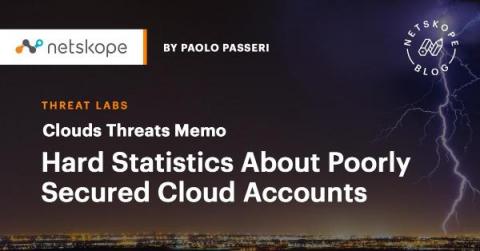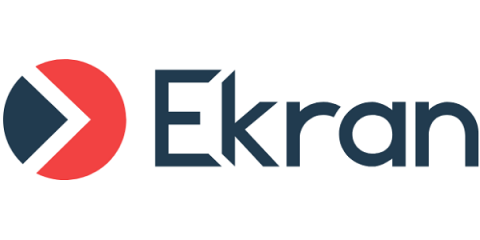Cloud Threats Memo: Hard Statistics About Poorly Secured Cloud Accounts
Cloud accounts continue to be a valuable target for cybercriminals: not only do the resources of a compromised IaaS environment grant an immediate profit for the attackers, but the same infrastructure also provides a trusted environment to launch attacks against other targets.










